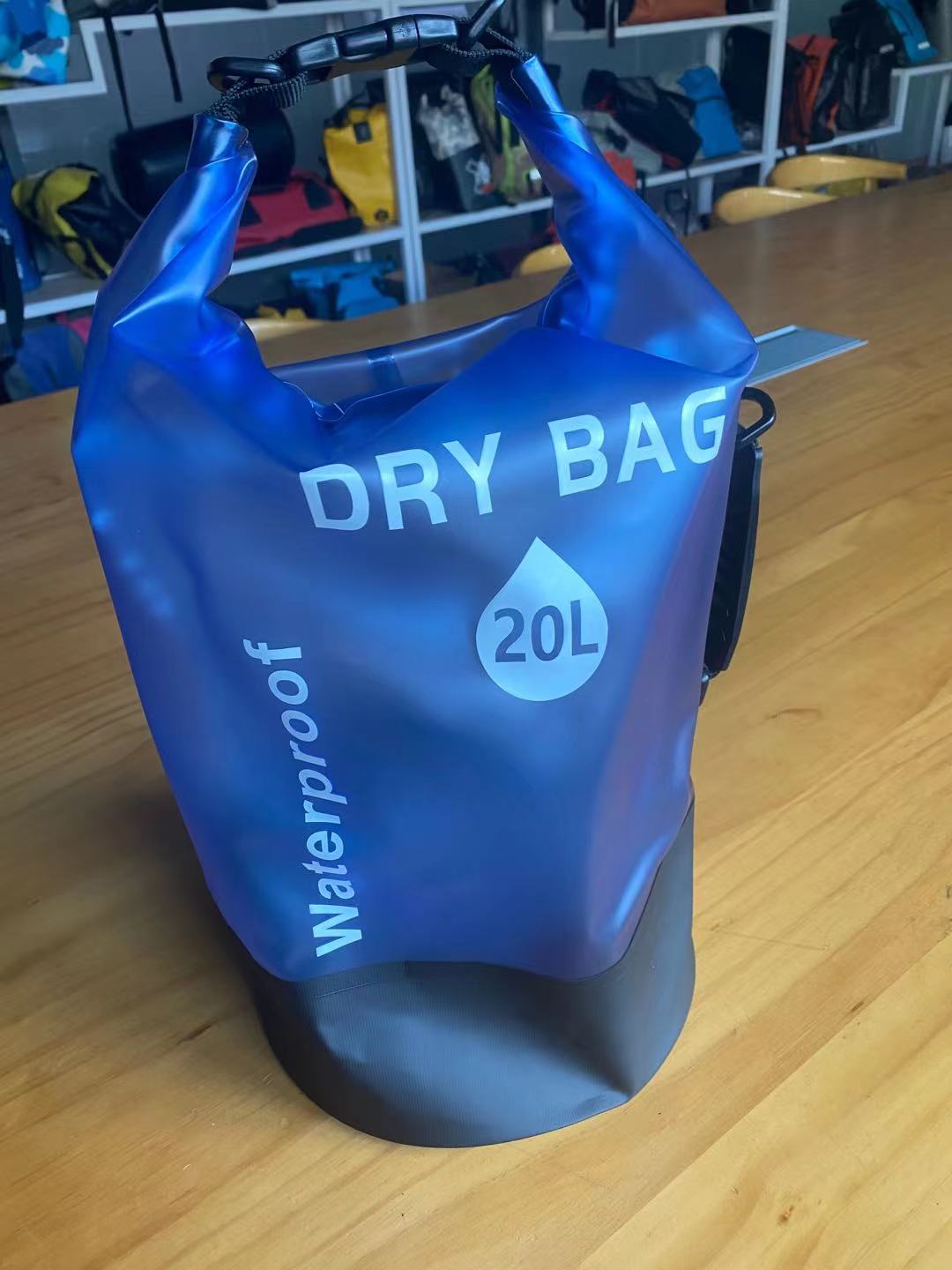Fertilizers play a crucial role in the cultivation of medicinal plants, especially under the Good Agricultural Practice (GAP) guidelines. The selection and application of fertilizers must be carefully managed to ensure both soil health and the quality of the final herbal products. Here is an overview of the types of fertilizers that are allowed for use, along with their benefits and proper application methods.
First, **farmyard manure** is a natural organic fertilizer commonly found in rural areas. It is rich in nitrogen, phosphorus, potassium, and organic matter, which can improve soil structure, water retention, and aeration over time. This makes it ideal for perennial and root-based medicinal plants. Common types include animal dung, compost, and poultry manure. However, it should be fully fermented and free from contamination before use.
Next, **green manure** refers to the practice of incorporating green, tender plants directly into the soil. Leguminous crops like clover or vetch can fix atmospheric nitrogen, enriching the soil with essential nutrients. In China, species such as *Ziyunying*, *arrow peas*, and *rapeseed* are widely used. When applying green manure, it’s important to add lime to neutralize the organic acids released during decomposition.
**Crop stalks** also serve as a valuable source of organic fertilizer. These plant residues contain nutrients that can be returned to the soil through microbial activity or livestock digestion. To maximize effectiveness, the straw should be mixed thoroughly into the soil and supplemented with nitrogen-rich materials to maintain a favorable carbon-to-nitrogen ratio.
**Commercial organic fertilizers** are made from animal and plant waste, including by-products from food processing. They offer a balanced supply of nutrients and are environmentally friendly.
Another type is **humic acid-based fertilizers**, which enhance soil structure and stimulate plant growth. These fertilizers contain nitrogen, phosphorus, and potassium, and are available in various forms such as ammonium humate or potassium humate.
**Microbial fertilizers** utilize beneficial bacteria to improve nutrient availability and promote plant growth. They are categorized into nitrogen-fixing, rhizobia, phosphate-solubilizing, and potassium-mobilizing types. These fertilizers help reduce nitrate levels in medicinal plants and improve overall quality.
**Organic compound fertilizers** combine organic and inorganic components. For example, after treating poultry manure, trace elements like zinc or boron can be added to create a well-balanced product.
**Inorganic or mineral fertilizers** such as potassium sulfate, superphosphate, and limestone are also permitted, but they should be used cautiously and according to soil conditions.
**Foliar fertilizers** are applied directly to leaves and must not contain synthetic growth regulators. They typically consist of micronutrients like iron, zinc, and boron. Proper concentration and timing are essential to avoid damage.
**Plant growth enhancers** may include natural extracts or fermentation broths enriched with humic acid, amino acids, and vitamins. These substances support plant development without harmful side effects.
Finally, other approved fertilizers include organic by-products from industries, such as fish meal, bone meal, and sugar factory waste, provided they are detoxified and meet safety standards. The annual limit for these materials is 45 tons per hectare on clay soils and 30 tons on sandy soils.
In addition to using organic options, **chemical fertilizers** are still permitted in limited quantities, especially when combined with organic and microbial fertilizers. The ratio of organic to inorganic nitrogen should be about 1:1. Chemical fertilizers must be applied at least 30 days before harvest to minimize residue. Urban waste fertilizers require government approval before use.
Overall, the goal is to maintain soil fertility while producing high-quality, safe medicinal materials. Careful planning and responsible application are key to achieving this balance.
Dry Waterproof bag, Waterproof backpack, custom logo dry bag, TPU EVA dry bag is the accessory product of our waterproof dry robe.
We support custom logo and design for your dry bags. We also provide Dry robe, Adult Dry robe, kids dry robe, Long sleeve Dry sleeve, Short sleeve dry robe, Waterproof Dry robe, Recycled Waterproof Dry robe, Dog Robe, Changing Mat, Cushion Cover, Car seat cover, Sports Change Robe and etc.
Features:
Low MOQ.
Custom logo.
Waterproof dry bag.


Waterproof Dry Bag,Dry Waterproof Bag,Waterproof Backpack,Custom Logo Dry Bag
Suzhou Golden Gamrnet MFG Co.,Ltd , https://www.svchangerobe.com